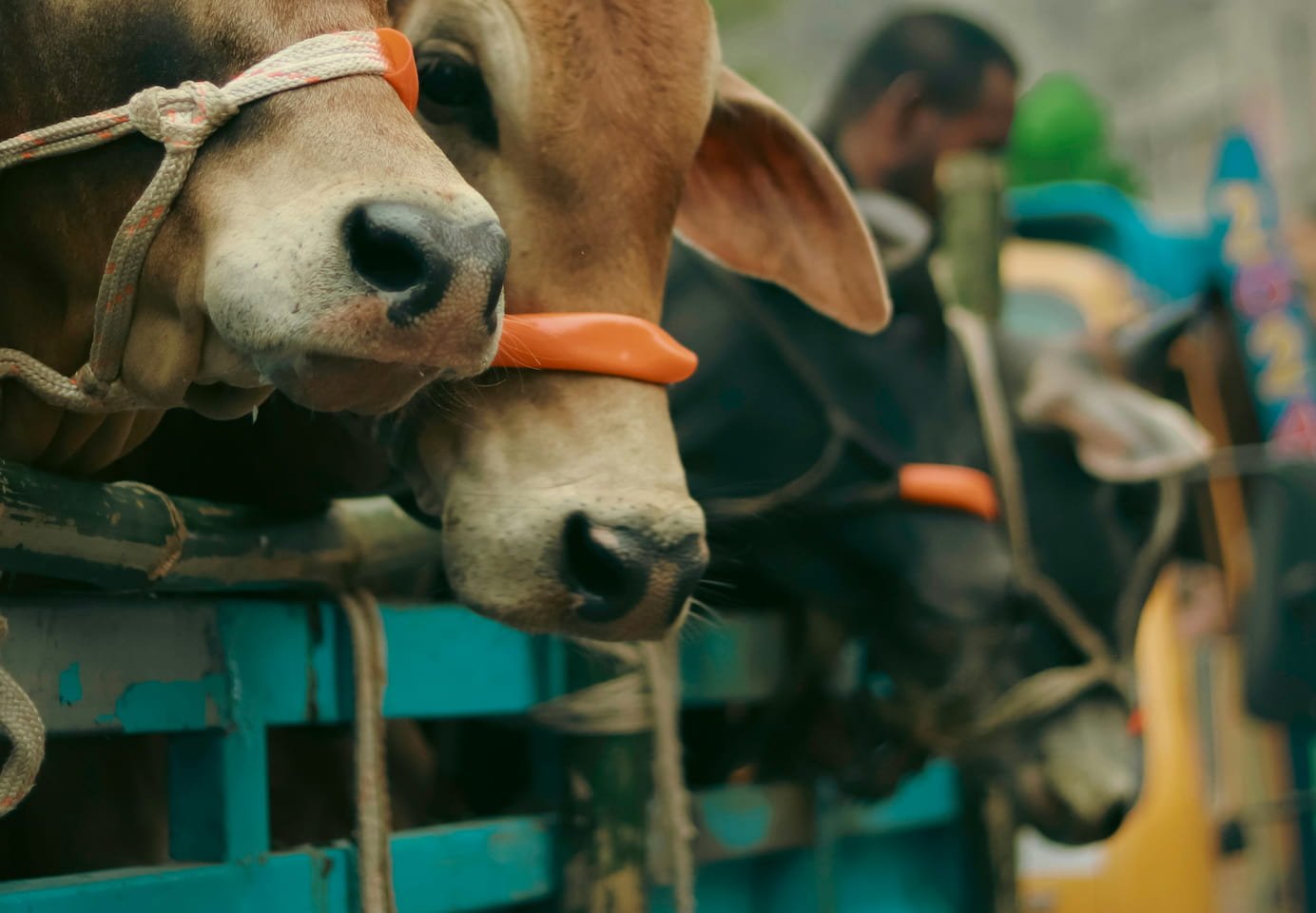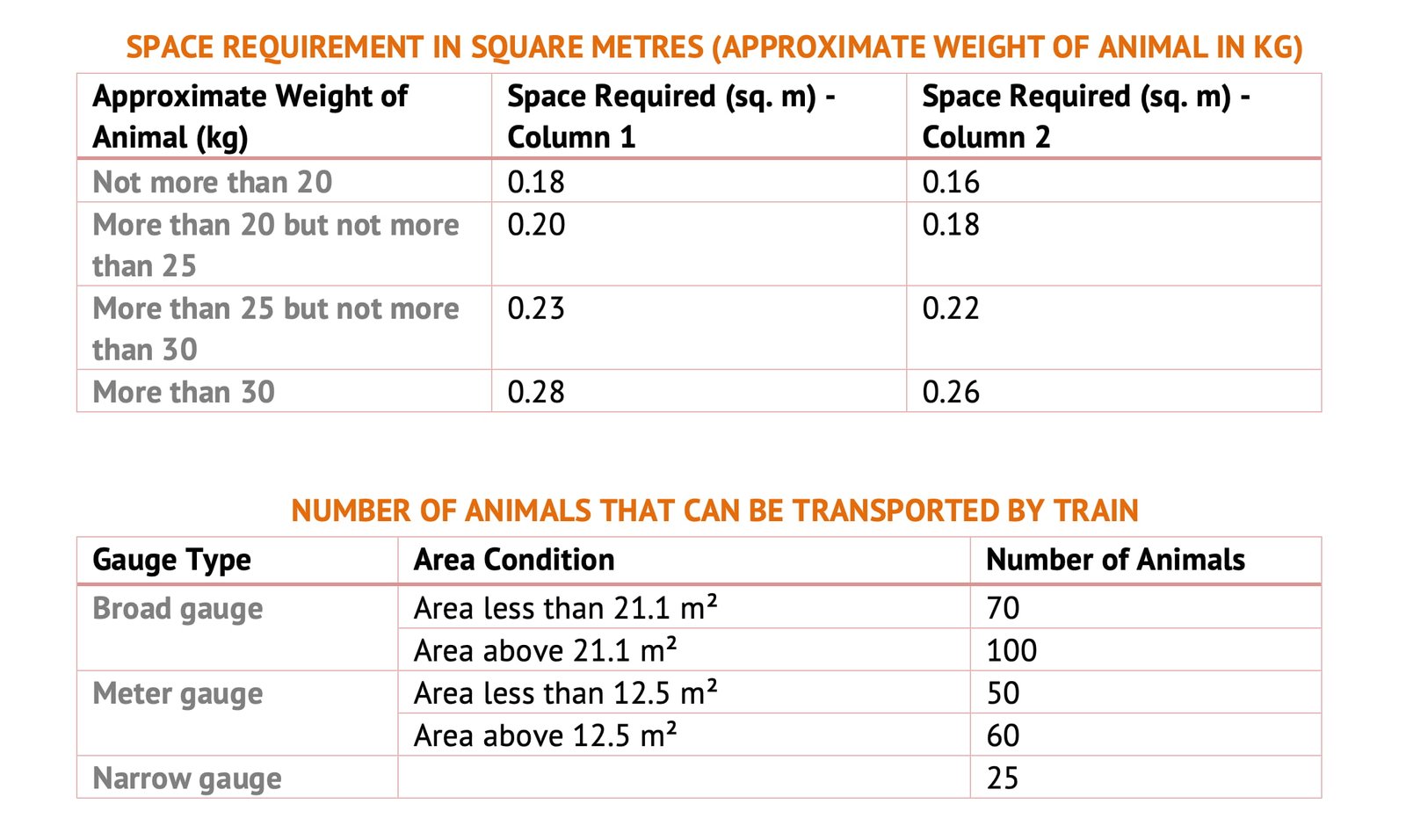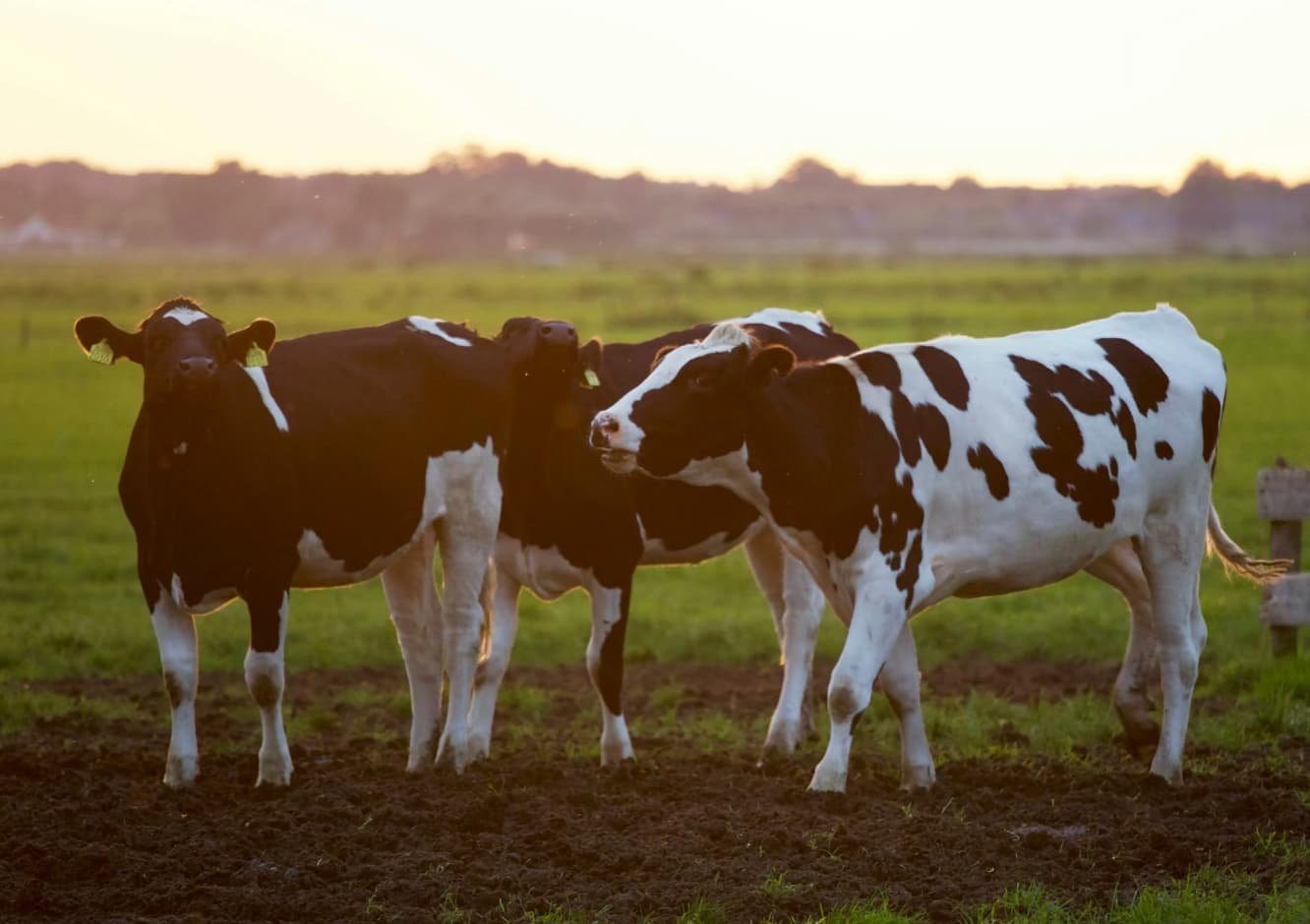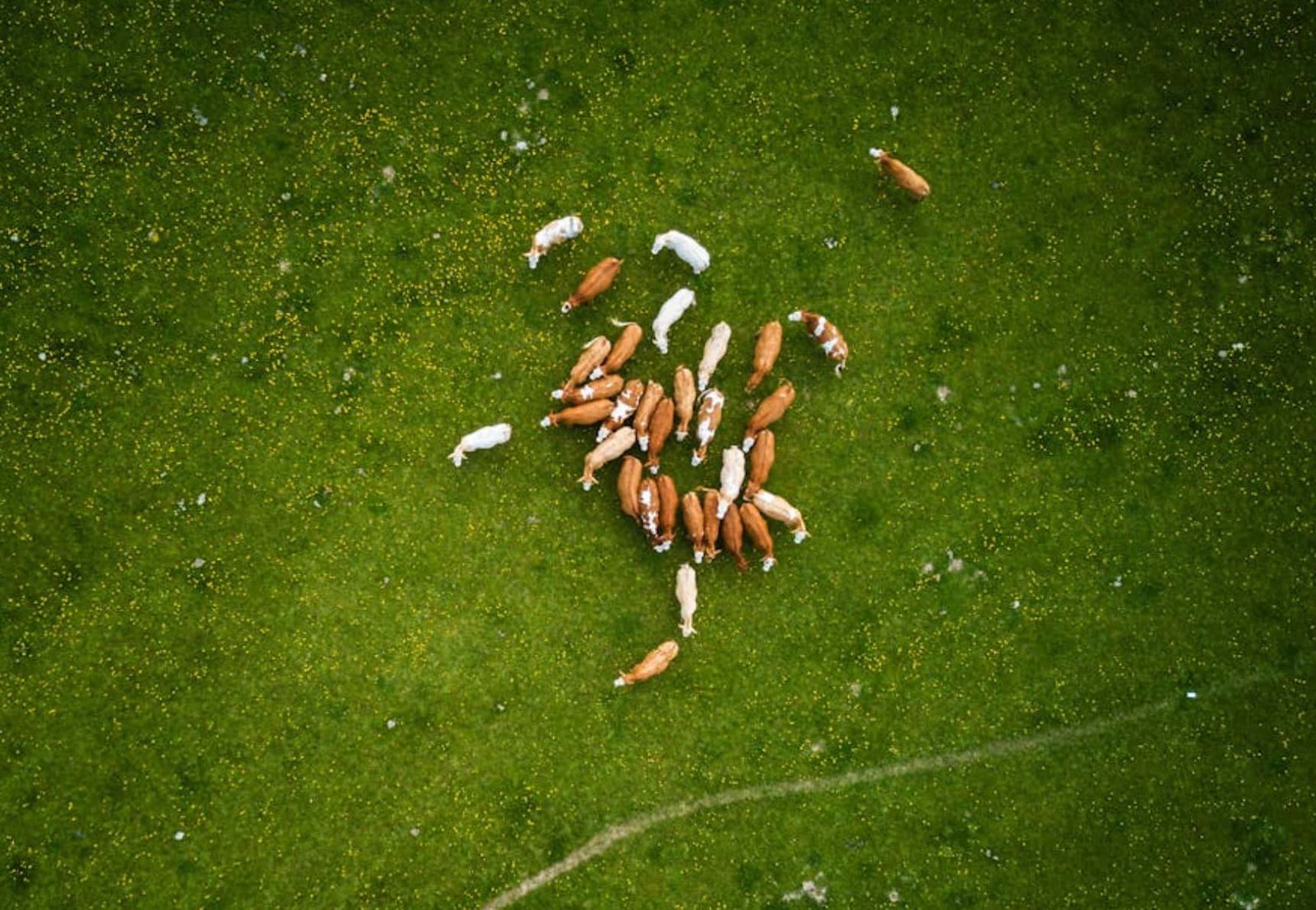CONTENT
Livestock Transport Methods: Rail, Road, Air and On Foot Guidelines
Livestock transport methods refer to the various legally regulated and welfare-conscious ways of moving animals—such as cattle, sheep, goats, and others—from one location to another via rail, road, air, or on foot.
These methods are designed to ensure the safety, comfort, and health of animals during transit while complying with veterinary certification, space requirements, and other transportation rules laid out by animal welfare authorities.

General Rules
A valid certificate by a qualified veterinary surgeon or veterinarian to the effect that the cattle are in a fit condition to travel by rail or road and are not suffering from any infectious, contagious, or parasitic diseases, and that they have been vaccinated against rinderpest and any other infectious, contagious, or parasitic diseases, shall accompany each consignment.
In the absence of such a certificate, the carrier shall refuse to accept the consignment for transport. Veterinary first-aid equipment shall accompany all batches of cattle.
Each consignment shall bear a label showing, in bold red letters, the name, address, and telephone number (if any) of the consignor and consignee, the number and types of cattle being transported, and the quantity of rations and food provided.
The consignee shall be informed in advance about the train or vehicle in which the consignment of cattle is being sent and its arrival time. The consignment of cattle shall be booked by the next train or vehicle and shall not be detained after the consignment is accepted for booking.
Various Methods for Transportation
Livestock can be transported using several methods depending on the distance, purpose, and available infrastructure. The most common methods include transportation by rail, road (truck or lorry), air, and on foot.
Rail transport is suitable for long-distance movement and large consignments, offering relatively lower costs. Road transport provides flexibility and direct access to farms or markets, though it may be affected by road conditions. Air transport is used for high-value or time-sensitive animals but is costly and less common.
Transport of Cattle by Train
- The average space provided per cattle in a railway wagon or vehicle shall not be less than two square meters.
- Suitable ropes and platforms should be used for loading cattle from vehicles. In the case of railway wagons, the dropped door of the wagon may be used as a ramp when loading or unloading is done at the platform.
- Cattle shall be loaded after they are properly fed and given water. Cattle in an advanced stage of pregnancy shall not be mixed with young cattle in order to avoid stampedes during transportation.
- Watering arrangements en route shall be made, and sufficient quantities of water shall be carried for emergencies. Sufficient feed and fodder with an adequate reserve shall be carried to last during the journey. Adequate ventilation shall be ensured.
- When cattle are to be transported by rail, an ordinary goods wagon shall carry not more than ten adult cattle or fifteen calves on broad gauge, not more than six adult cattle or ten calves on metre gauge, and not more than four adult cattle or six calves on narrow gauge.
- Every wagon carrying cattle shall have at least one attendant. Cattle shall be loaded parallel to the rails, facing each other.
- Rations for padding, such as straw, shall be placed on the floor to avoid injury if a cattle lies down, and this shall not be less than 6 cm thick. Rations for the journey shall be carried in the middle of the wagon.
- To provide adequate ventilation, the upper door on one side of the wagon shall be kept open and properly fixed. The upper door of the wagon shall have wire-gauze closely welded mesh arrangements to prevent burning cinders from the engine entering the wagon and causing a fire outbreak. Cattle wagons should be attached in the middle of the train.
- Two breast bars shall be provided on each side of the wagon—one at a height of 60 to 80 cm and the other at 100 to 110 cm.
- Cattle in milk shall be milked at least twice a day, and the calves shall be given a sufficient quantity of milk to drink.
- As far as possible, cattle may be moved during the night only. During the daytime, if possible, they should be unloaded, fed, given water, and rested; and if in milk, milking shall be carried out.
Transport of Cattle by Road or Truck
Transport by road or truck has the convenience of loading at the farm and direct transit to the market. This avoids repeated handling and the disturbances associated with it, thereby preventing serious weight loss. However, poor road conditions and longer distances to be traveled result in a comparatively higher cost per kilometer than rail transport.
When cattle are to be transported by goods vehicles, the following precautions should be taken:
- Specially fitted goods vehicles with a special type of tailboard and padding around the sides should be used.
- Ordinary goods vehicles shall be provided with anti-slipping material, such as coir matting or wooden boards on the floor, and if the superstructure is low, it should be raised.
- No goods vehicle shall carry more than six cattle.
- Each goods vehicle shall be provided with one attendant.
- While transporting cattle, the goods vehicle shall not be loaded with any other merchandise, and to prevent the animals from being frightened or injured, they should preferably face the engine.
Transport of Sheep and Goats
- Sheep and goats shall be transported separately; but if the lots are small, special partitions shall be provided to separate them.
- Rams and male young stock shall not be mixed with female stock in the same compartment.
- Material for padding, such as straw, shall be placed on the floor to avoid injury if an animal lies down, and this shall not be less than 5 cm thick.
- The animals shall not be fettered unless there is a risk of their jumping out, and their legs shall not be tied down.
- The space required for a goat shall be the same as that for a wool sheep.
Approximate space required for a sheep in a goods vehicle or a railway wagon shall be as under:

Condition for Transport of Cattle, Sheep, and Goats by Foot
- Transport by foot is one of the most economical ways of transport, but it can be used only for short periods.
- Feeding and watering points should be arranged along the transit route, and for every 20 km, animals should be given rest and provided with feeding and watering arrangements.
- Weight loss during transit can be minimized by providing regular feeding.
- Cattle can easily be driven for about 30–35 km in a day.
- Transit during the hottest part of the day should be avoided.
- As far as possible, animals should be driven on soft ground on either side of the road.

